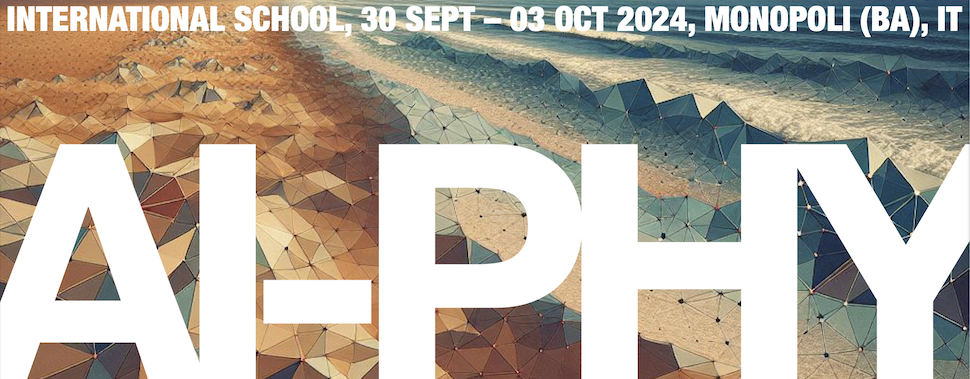Description
Cell type annotation is one of the primary tasks in single-cell RNA sequencing analysis and it is of a significance importance and difficulty in computational biology. This difficulty arises from two primary factors. First, gene expression levels typically exist on a continuum rather than being discrete, making it harder to draw clear boundaries between different cell types. Second, variations in gene expression don't always correlate with functional differences at the cellular level, adding complexity to the classification process.
Given these challenges, a more precise and reliable method for cell type annotation is always welcomed. We propose an approach that integrates additional layers of biological data, mainly spliced and unspliced expression, to look at gene expression estimates from a different perspective. By combining these pseudo-multi-modal layers of information, we might achieve more accurate cell type classification and better capture the functional nuances of different cell populations.
Goal and FOM
We will use an already annotated dataset and compare the accuracy of annotation to that
Project proposal: description of the problem
The primary challenges in cell type annotation using single-cell RNA sequencing (scRNA-seq) arise from two main factors. First, gene expression levels exist on a continuum rather than discrete categories, making it difficult to delineate clear boundaries between different cell types. Second, variations in gene expression do not always correlate with functional differences at the cellular level, adding complexity to the classification process.
These challenges lead to potential inaccuracies in identifying cell types, which can hinder our understanding of cellular functions and the underlying biological processes. Developing a more reliable method that integrates diverse data types, such as spliced and unspliced gene expression, is essential to address these issues effectively.
Input dataset
We will provide dataset for the hackathon. The data type is gene expression matrices and metadata, all stored and encoded in a well optimized data structure.
Machine learning methods
We will use community detection algorithm such as Louvain or Leiden algorithm to do unsupervised clustering for cells. Then we run statistical tests to retrieve genes associated to each cluster and annotate the cell accordingly.
Project proposal: general context
This project proposal focuses on computational biology, particularly the primary analysis of single-cell RNA sequencing (scRNA-seq) data and cell type annotation. scRNA-seq is essential for exploring gene expression at the single-cell level, enabling the identification of distinct cellular populations and their functional roles.

